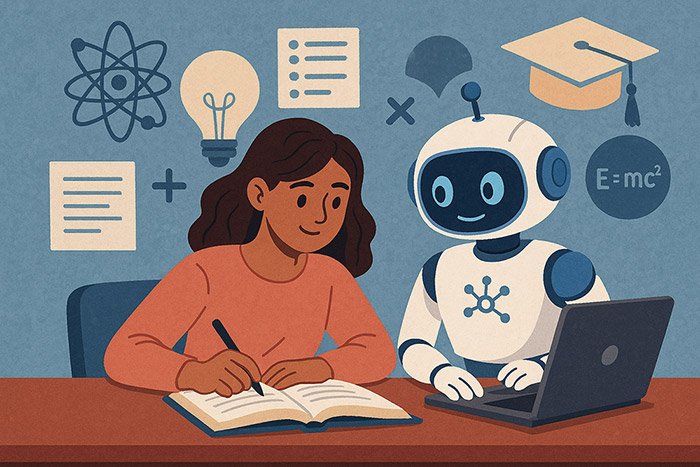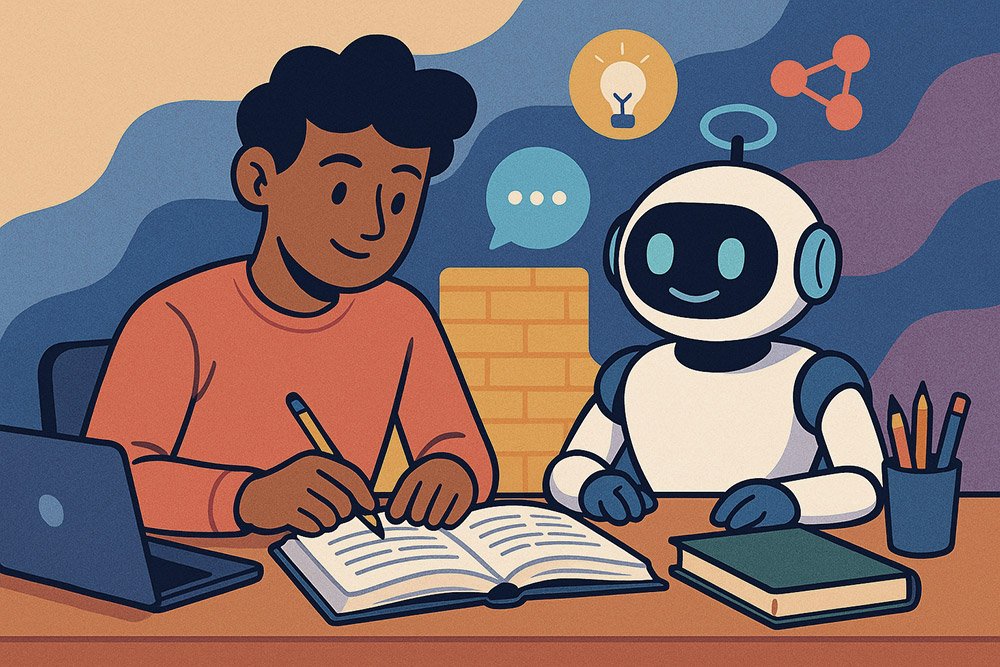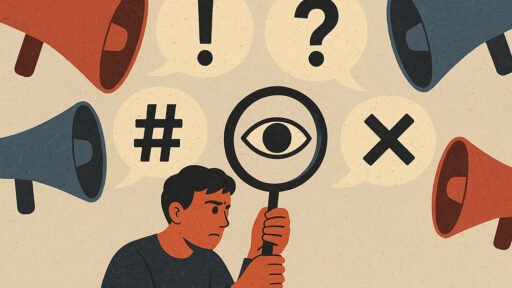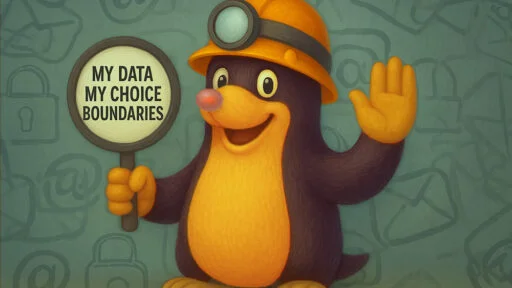Table of Contents

Learning Meets a Digital Co-Pilot
Most students recall the days of endless studying, often feeling overwhelmed and unfocused. However, today’s students are experiencing a different reality. With the increasing use of artificial intelligence, they are empowered to summarize notes, refine essays, grasp complex concepts, and maintain organization, all on their terms.
AI for students is no longer a futuristic concept. It’s here, reshaping how people study, research, and create. The question is no longer whether AI belongs in education, but how we can use it wisely.
A Short History of AI in Education
AI’s presence in classrooms didn’t begin with ChatGPT. It started decades ago, when researchers experimented with computers that could “teach.”
The Early Days (1960s–1980s)
Projects like PLATO and Intelligent Tutoring Systems introduced the idea of computers guiding students through lessons. They couldn’t do much by modern standards, but they proved that technology could personalize learning.
The Tech Boom (2000s–2010s)
With faster computers and massive data sets, machine learning made adaptive learning platforms possible. Systems began identifying where students struggled and adjusting content automatically.
The Generative Era (2020s–Today)
Tools such as ChatGPT, Claude, and Gemini brought a new level of fluency. AI can now write, edit, explain, and even converse naturally. Students use it for everything from coding help to language practice, and educators are rethinking what “study” really means.
AI for Students: What It Can Do Right Now
Personalized Learning
Adaptive platforms like Khan Academy’s Khanmigo, Duolingo, and DreamBox tailor lessons to your pace and learning style. They notice when you need more practice and when you’re ready to move on.
Study Support
AI can summarize long articles, clarify equations, debug code, or help outline essays. It’s like having a tutor who never sleeps — available when you need clarity at midnight.
Writing and Editing
Students use AI tools such as Grammarly or Wordtune to refine grammar, tone, and structure. Others rely on generative assistants to brainstorm topics or tighten drafts. The goal isn’t to outsource thinking, but to improve clarity and flow.
Accessibility and Inclusion
Text-to-speech readers, visual recognition apps, and early-diagnosis programs such as Dysolve help students with learning differences stay on equal footing. AI is quietly breaking down barriers to access.
Career Discovery
AI platforms that analyze job trends can help students identify growing fields and match skills to potential paths — turning career planning into a guided journey instead of a guessing game.
Behind the scenes, teachers also benefit. AI tools handle grading, scheduling, and data analysis so educators can spend more time connecting with students.
The Ongoing Debate
Students’ View
Surveys show that most students welcome AI’s help. It speeds up learning, reduces busywork, and improves confidence. Still, many want more guidance on responsible use. They value their teachers’ judgment even as they embrace new tools.
Teachers’ View
Educators are cautiously optimistic. AI helps personalize lessons and automate tedious tasks, but it also raises concerns: cheating, data privacy, and over-dependence. Most teachers agree that AI will transform education, not replace them.
Schools’ Response
Institutions are creating policies to maintain academic integrity. Many encourage disclosure: if you use AI for research or writing, say so and cite it. The message is consistent: AI should assist learning, not replace effort.
Challenges Worth Considering
Cheating and Shortcuts
AI can write essays or solve math problems instantly, tempting students to skip the learning process. The solution lies in transparency and building trust around when and how to use these tools.
Bias and Fairness
If an algorithm is trained on biased data, it can produce unfair outcomes in grading, feedback, or career guidance. Awareness and diverse training sets are essential.
Critical Thinking
Relying on AI too heavily can dull analytical skills. Students need to question what AI produces and learn to verify information independently.
Privacy
AI collects vast amounts of data to learn. Knowing who owns that data and how it’s stored should be part of digital literacy.
Access and Equity
Not every student has reliable internet or devices. Equal access to AI resources will define whether it becomes a bridge or a barrier.
The Future of AI for Students
Smarter, More Personalized Tools
Soon, AI will adapt not just to what you know, but to how you feel. Emotionally aware systems could adjust lessons when you’re tired or stressed.
Immersive Learning
AI and virtual reality will blend to create field trips across time and space, allowing us to explore Mars, ancient Egypt, or microscopic cells without leaving home.
New Skills for a New Era
Students will need more than subject knowledge. Understanding how AI works — its limits, biases, and possibilities — will be a core skill in every career.
Ethical Literacy
Learning when to trust AI and when to think independently will become as important as reading and writing.
Conclusion: Using AI Wisely
AI for students is transforming education, from homework help to personalized learning. It saves time, increases access, and makes studying more engaging. Yet it also challenges us to stay thoughtful — to use technology as a mentor, not a substitute.
Teachers, curiosity, and effort still matter.
When students combine those qualities with the right tools, AI becomes exactly what it should be: a partner in learning, not a shortcut around it.
The classroom of the future is not about machines; it’s about the collaboration between human minds and digital intelligence. This partnership, when used wisely, can make education more creative, fair, and meaningful for everyone, offering a promising future for education with AI.






